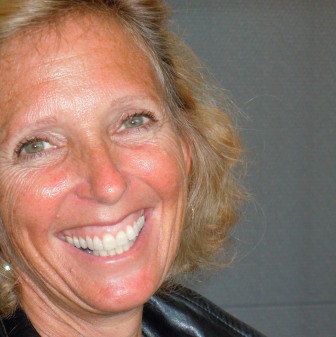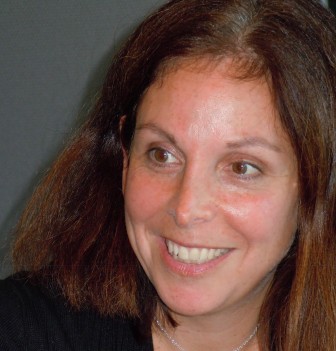Solutions to Bullying
Program 154 • 29 mins
CDs available via special order. HumanMedia ®
Listen to excerpt:
Program 154 • 29 mins
CDs available via special order. HumanMedia ®
Listen to excerpt:
Although being teased and picked on are typical challenges for kids growing up, the effects can be traumatizing when a child is relentlessly bullied. The most common targets of bullying are young people who are perceived as gay, or who are disabled or overweight. But any kid who is singled out for harassment may feel overwhelmed, sometimes resorting to self-destructive behavior. Surveys show that most young people feel that schools do a poor job of intervention when bullying occurs. In this program, we hear the story of a middle school student with a disability who was taunted for her limp and for having been born in another country. And two educators from Williams College, Susan Engle who directs the Teaching Program, and Marlene Sandstrom, professor of psychology, explore how “teaching kindness” and altering the school environment to promote community, may be the best preventive measure for school bullying.
 Reducing the risk of bullying is wonderful but it goes hand in hand with something you want to increase, which is a sense of responsibility for other people, a commitment to kindness, to putting the needs of other people first and a sense that a community—a shared identity—is as important as anything achieved by individuals within the community. And the reason I say that is because outlawing bullying or eradicating it would be much more meaningful and would be much more successful if it came in the context of these more positive attributes or commitments that a school could make. So for me, the question is, what could schools do to be kind communities?”
Reducing the risk of bullying is wonderful but it goes hand in hand with something you want to increase, which is a sense of responsibility for other people, a commitment to kindness, to putting the needs of other people first and a sense that a community—a shared identity—is as important as anything achieved by individuals within the community. And the reason I say that is because outlawing bullying or eradicating it would be much more meaningful and would be much more successful if it came in the context of these more positive attributes or commitments that a school could make. So for me, the question is, what could schools do to be kind communities?”
—Susan Engel, Director of Williams College teaching program
 I absolutely believe that you can teach kindness. And one of the biggest motivators is to have a peer group where that’s the norm. And I actually think most children are kind. There’s always going to be a few kids that seem very hard to reach and have very dark ideas about relationships and other people. But that’s not most children. Most children are very compassionate and eager to spend time with each other and happy kids with pro-social ideas. I think one of the things that would make the most difference in terms of teaching kindness is for those kids to stand up a little bit more for those values that they already have.”
I absolutely believe that you can teach kindness. And one of the biggest motivators is to have a peer group where that’s the norm. And I actually think most children are kind. There’s always going to be a few kids that seem very hard to reach and have very dark ideas about relationships and other people. But that’s not most children. Most children are very compassionate and eager to spend time with each other and happy kids with pro-social ideas. I think one of the things that would make the most difference in terms of teaching kindness is for those kids to stand up a little bit more for those values that they already have.”
—Marlene Sandstrom, Professor of Psychology at Williams College